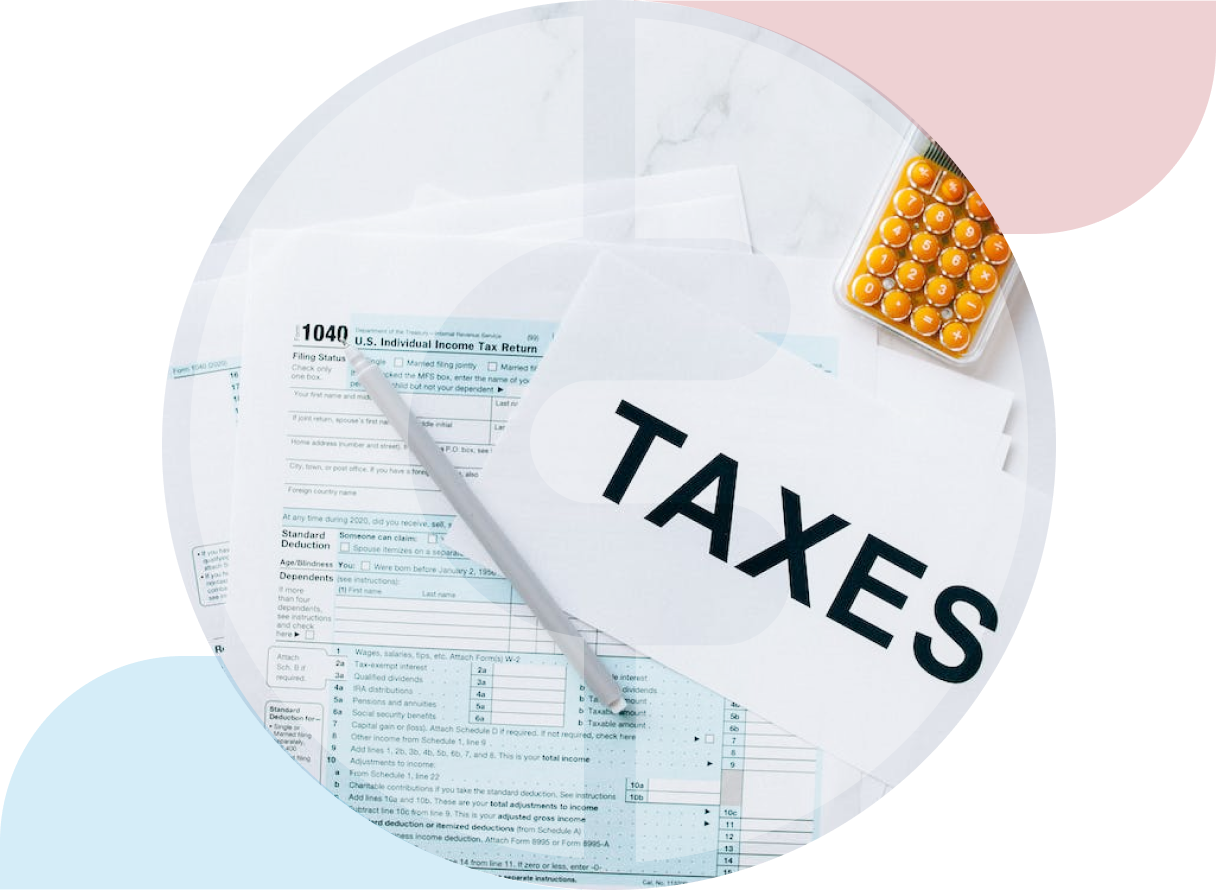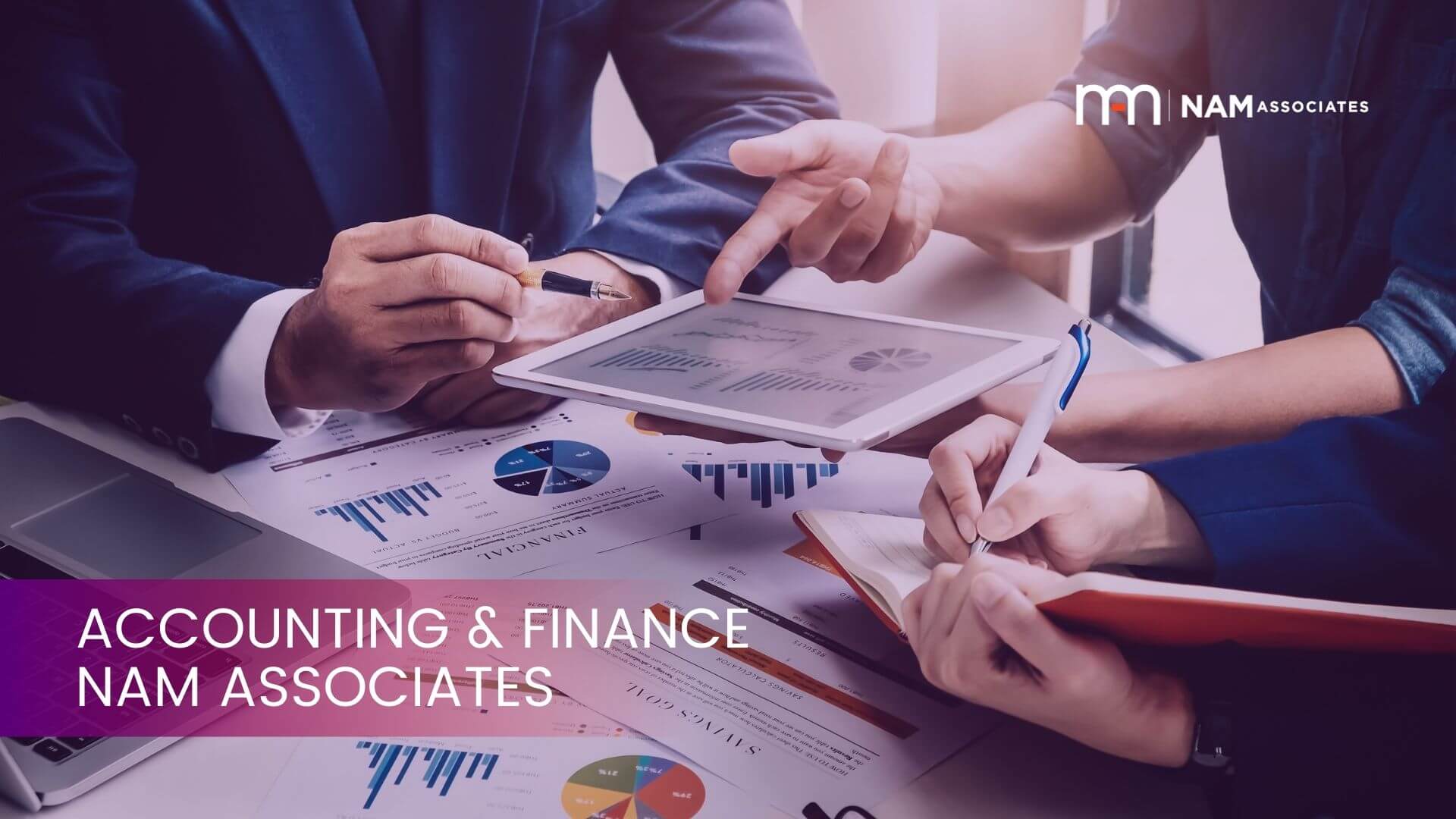
After three months (or earlier if AB Ltd. chooses), the entity is required to pay the balance of the purchase price or return the cars to the supplier. The cost of a train, bus, or freelancers tv series plane ticket will be included as a cost of services and will charge to the company’s income statement. It includes all the direct costs involved in running or performing services.
IAS 18 Revenue
It acts as a formal notification and as a communication-related channel between both the parties regarding the scope of the work ending and the cost incurred. In this situation the shop would probably say they have made a sale; the customer has paid in full so in their opinion the sale is a done deal. The customer however may have a different view; yes they have paid for the suit but until they come back and collect it, the sale is not complete. Just because a sale has been made in the eyes of a business, this doesn’t mean that it is right to record it in the accounts. Shaun Conrad is a Certified Public Accountant and CPA exam expert with a passion for teaching. After almost a decade of experience in public accounting, he created MyAccountingCourse.com to help people learn accounting & finance, pass the CPA exam, and start their career.
Effect of Uncertainties on Revenue Recognition
The stage of completion of the transaction at the end of the reporting period can be measured reliably. In our case, the customer has already paid up-front, so we know exactly how much revenue has been generated from the sale, before the other revenue recognition conditions were met. This concept is mostly employed for situations where the service is charged after the activity has happened. In such scenarios, services rendered often include a report of what has been done and how much it cost. Since in case of inter-divisional transfers, risks and rewards remain within the enterprise and also there is no consideration from the point of view of the enterprise as a whole, the recognition criteria for revenue recognition are also not fulfilled in respect of inter-divisional transfers.

Cost of Goods Sold: Definition, Formula, Example, and Analysis
When this happens, the business can only recognise revenue equal to the recoverable costs—that means just enough revenue to cover the expenses that can definitely be recovered. The POC method means businesses can recognise revenue as they perform the service, instead of waiting until the end of the project. When a business provides a service, revenue (money earned) is recognised as the service is being done, not just when it’s fully completed. This article will help you, as a business accountant, understand how to correctly recognise revenue when your clients provide services. We’ll keep things simple and practical, with examples to make it easy to apply. Revenue is shown on the income statement as it relates to a business’ profit and loss.
Related IFRS Standards
If the outcome of the services is reliably measureable, then revenue related to the services will berecognized, on the basis of “stage of completion” measured at the end of the accounting period. Sometimes, a business provides services evenly over a period of time, like a year. In these cases, it’s often best to recognise revenue in equal parts over that period (this is called the straight-line method), unless a different method better represents how the service is being completed.
- In an agency relationship, the revenue is the amount of commission and not the gross inflow of cash, receivables or other consideration.
- (a) As per the terms of the contract, it will neither be treated as the sale of supplies nor the purchase by AB Ltd. as the entity has the right to return the cars to supplier any time without incurring any charge.
- [13] The rendering, by a bank acting as mere conduit, of the intermediary service comprising any act with a view to collecting or accounting for premiums or moneys payable by a client to a product supplier in respect of a financial product.
- Recognition depends upon the nature of service being provided against entrance and membership fees, however entrance fees are generally capitalized and membership fees should be recognized on systematic and rational basis having regard to timing and nature of service provided.
- If a business does not sell a physical product but instead provides a service to its customers, its revenue would be classed as the “rendering of a service”.
What Does Revenue Recognition Mean?
If a business charges for installation services (like setting up home appliances), they should recognise revenue based on how much of the installation is completed. But if the installation is a small part of selling the product, they can recognise all the revenue when the product is sold. It alleged the contract was void because it required the company to render intermediary services, which the company was not licensed to do.
After the three months had passed the house was entirely remodeled but the bill for services rendered grew to be $35,000. Lorain complained about the amount but Fernando explained to her that they encountered several structural issues that they had to fix, therefore the initial budget underestimated the actual value of the remodeling. Lorain is currently remodeling her house and to do so she hired Fernando, a contractor that a friend of her recommended. After Lorain explained to him what she wanted to do, Fernando measured and calculated all the materials he required to perform the job and he also estimated how many people he needed to assist him during the work. He provided a budget of $12,000 for everything Lorain wanted and he estimated that he will take at least 3 months to complete the project.
Revenue should be recognized when buyer confirms his desire to buy such goods by communication. (a) The sale of goods, which are either produced by the entity or purchased for resale. In May 2014, the new standard IFRS 15 Revenue from Contracts with Customers was issued and will replace IAS 18 for the periods starting on or after 1 January 2018 mandatorily. These materials were downloaded from PwC’s Viewpoint (viewpoint.pwc.com) under license.